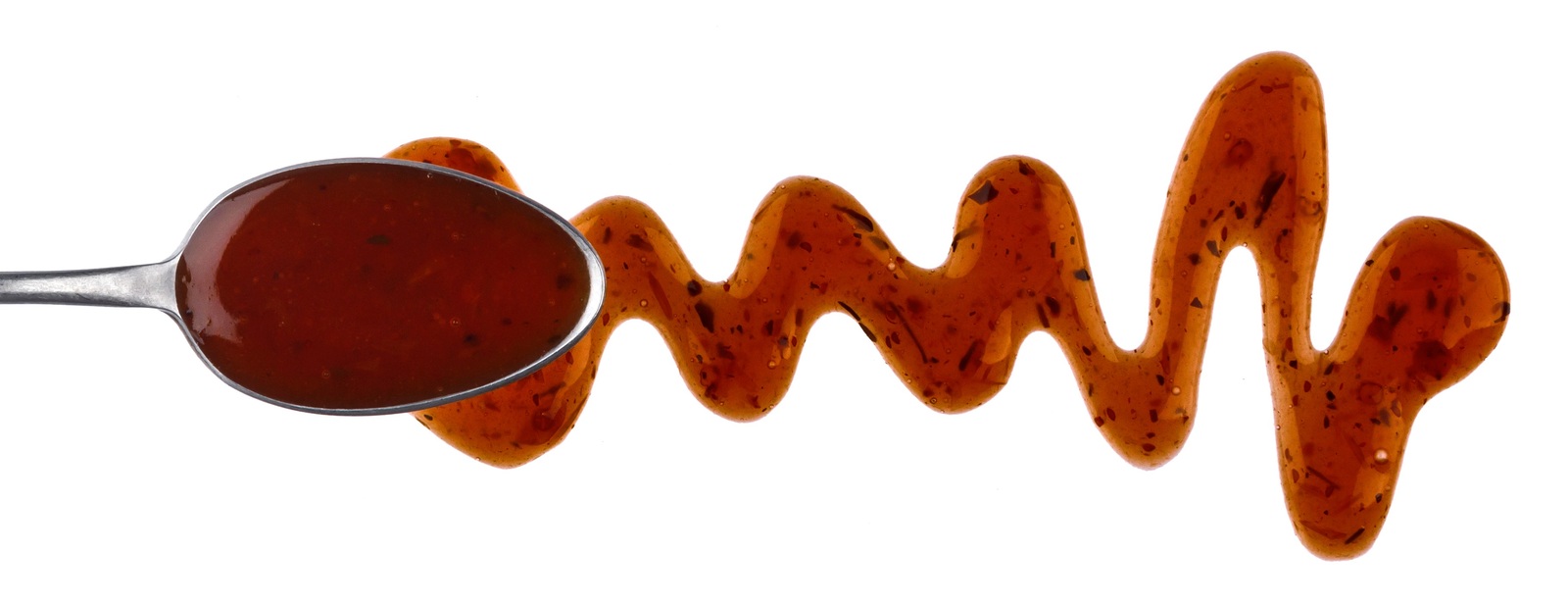GREASE TRAPS
Grease traps ensure efficient fat separation and effective wastewater management
Grease traps, also known as grease interceptors, are used to prevent the accumulation of fats, oils, and grease (FOG) in wastewater, safeguarding plumbing systems and contributing to a cleaner production environment. This guide explores the functions, types, and the importance of integrating grease traps into most food processing facilities.
The role of grease traps in the food industry
In food processing establishments, fats, oils, and grease are inevitable byproducts of cooking, frying, and cleaning. Without proper management, these substances can pose a severe threat to plumbing systems, causing clogs, backups, and increased maintenance costs. Grease traps are strategically placed systems designed to intercept and separate FOG from wastewater, preventing the entry into sewer lines where it could cause blockages and environmental harm.
How grease traps work
Grease traps operate by allowing wastewater containing FOG to enter the trap, where it undergoes a separation process. As the wastewater cools, fats, oils, and grease solidify and float to the top due to their lower density. The separated wastewater, which is relatively clean, exits the trap, while the retained FOG remains trapped, awaiting proper disposal. Regular maintenance involves removing the accumulated FOG to ensure the trap's continued functionality.
Main types of grease traps
- Hydro-Mechanical Grease Traps: These traps use a combination of mechanical and water-based separation methods to capture FOG efficiently.
- Gravity Grease Traps: Employing the difference in densities between water and FOG, these traps rely on gravity to facilitate separation.
Benefits of utilizing grease traps
- Preventing Sewer Blockages: By capturing FOG before it enters the sewer system, grease traps prevent clogs and backups, minimizing plumbing issues.
- Regulatory Compliance: Many jurisdictions mandate the use of grease traps to adhere to environmental regulations and reduce strain on wastewater treatment facilities.
- Cost Savings: Properly maintained grease traps reduce the need for expensive plumbing repairs and enhance operational efficiency.
- Environmental Protection: Grease traps play a vital role in preventing FOG-related pollution of water bodies and reducing the impact on aquatic ecosystems.
Integration into catering establishments and food processing
Grease traps are frequently used by restaurants, commercial kitchens, and food processing plants. Integrating them into the facility's design ensures compliance with regulations, minimizes maintenance downtime, and allows for sustainable wastewater management.
Contact FoodTechProcess for reliable grease trapping solutions
At FoodTechProcess, we offer grease traps to separate fats from wastewater in the food industry. Our grease traps are designed to capture FOG, prevent plumbing issues, and support environmentally responsible practices. Choose a suitable grease trap from FoodTechProcess to equip your production facility for sustainable waste disposal.
The ghee making machine is a compact, electrically heated tilting unit designed for melting and clarifying butter to produce high-quality ghee. It gently separates milk solids and water from butter, leaving behind pure, aromatic clarified fat. The machine ensures uniform heating, 6 stage heating control, and easy drainage of separated water through the integrated bottom outlet valve.
- Integrated outlet valve for easy separation and drainage of water and residues.
- Tilting design for convenient emptying and cleaning.
- Multi-stage heating control up to 200 ┬░C for effective butter clarification.
- Stainless steel construction ensuring hygiene and durability.
- Compact design with adjustable support or mobile wheel frame.
Hygienic linear internal stainless steel drainage system for food production, professional kitchens, pharmaceutical enterprises, restaurants and many others. The drain trap has a stainless steel bath and a connection to the sewer.
- Grate with a frame
- The load class of the grate can withstand being runover with a car
- Fixed height drain
- Built-in grease trap (optional)
- Material: Stainless steel
- Country of origin: Slovakia
We offer different capacity grease and oil traps.
- Material: Stainless steel
- Engine power, kW: 1,5 /



























